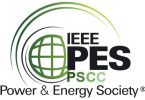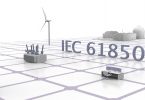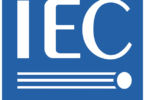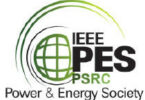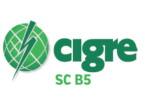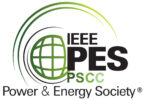IEC 61850 for Microgrids and Load Shedding
by Tom Berry, Schneider-Electric
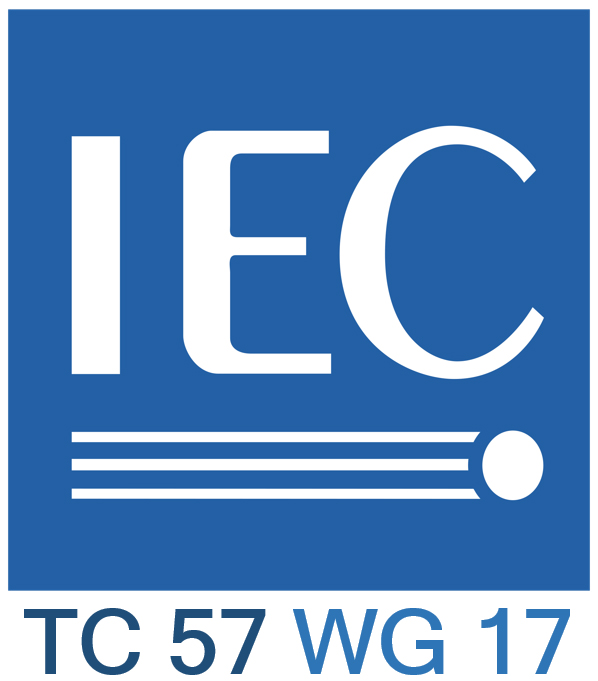
IEC TC 57 WG 17 is in charge of power system intelligent electronic device communication and associated data models for microgrids, distributed energy resources and distribution automation.
Microgrids are getting a lot of interest today from utilities, large consumers and communities. Many of these systems are intended to provide local resilience during extreme weather events. Managing the connection and disconnection between the microgrid and area power systems imposes certain requirements on the protection and control systems. IEC 61850 systems provide a rich information model for grid-connected equipment and energy resources but there are additional requirements for microgrids. In particular if there is an unplanned disconnection, it will be useful to have standard information models to support load shedding schemes.
Microgrids can be defined as electrical systems with loads and distributed energy resources at low or medium voltage level. According to IEC 62898-1, microgrids are classified into isolated microgrids and non-isolated microgrids. Isolated microgrids have no electrical connection to larger electric power systems. Non-isolated microgrids can act as controllable units to the electric power system and can operate in either grid-connected mode or island mode. Internally microgrids could use either DC or AC, but the connection to a larger grid is typically an AC connection.
From a grid operation perspective, when it is connected to the grid, a microgrid has many similarities with a connected distributed energy resource. From an information modelling perspective, a microgrid can be considered as a specific type of DER that has additional capabilities. These additional capabilities include those needed to run in an isolated, island mode; and the capability to potentially connect and disconnect from an area electric power system.
IEC working groups have started to consider the technical and operation requirements for managing grid connected microgrids. Draft IEC 62898-4 defines a number of business use cases. These share a number of systems use cases including operation and protection when grid-connected, operation and protection when islanded, planned transitioning from grid-connected to islanded, unplanned transitioning from grid-connected to islanded, reconnection from islanded to grid-connected, and perhaps black start as a microgrid.
A new technical report IEC 61850-90-23 is in preparation that will define how IEC 61850 information models can be applied to grid-connected microgrids and propose extensions for those areas that are not covered today.
Managing the connection between the microgrid and the area power system is similar but more complex to managing the connection of a generator. As a minimum there is a need for synchrocheck control of the connecting breaker, but there are other aspects to be considered. The behavior of the microgrid will be different when it is running in isolated mode and when it is running connected to a larger system.
IEC 61850-7-420 defines operational functions for managing active and reactive power for distributed energy resources, including generation, controllable loads and storage. One area that will be reviewed is for loads that are not easily controllable. In this cases, microgrid operation may need to implement some sort of load-shedding scheme. This brings additional needs for modelling such as the criticality or prioritization of loads, and support for various schemes such as timed round-robin load-shedding.
Biography:

Tom Berry studied Electrical Engineering at Bath University, UK. For the last 25 years he has worked for Schneider Electric in the UK and France.
Tom has worked on control center projects integrating SCADA systems within dispatch training simulators, transmission and distribution network management systems. He now works “closer to the edge” as a software architect for feeder automation RTUs. He is a member of several IEC TC57 WGs and the editor of IEC TS 62361-102 technical report on CIM-61850 harmonization.



